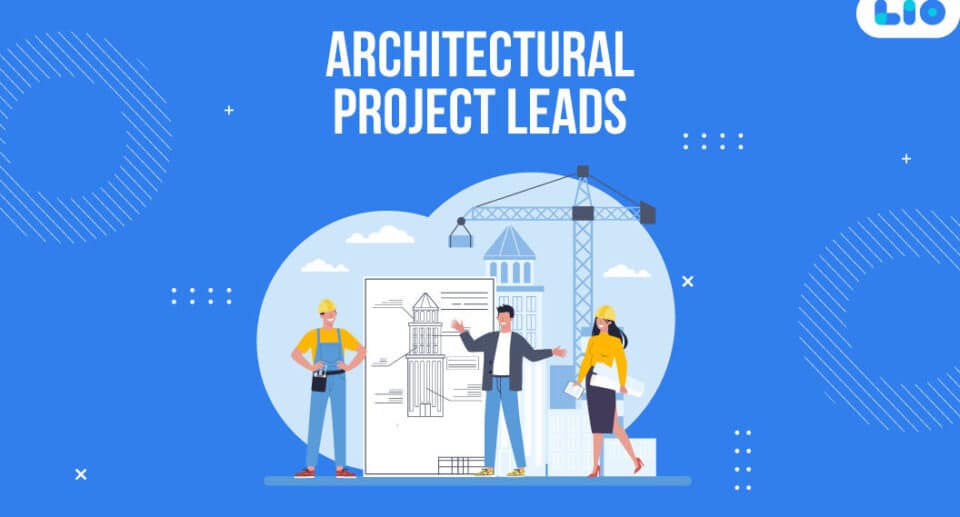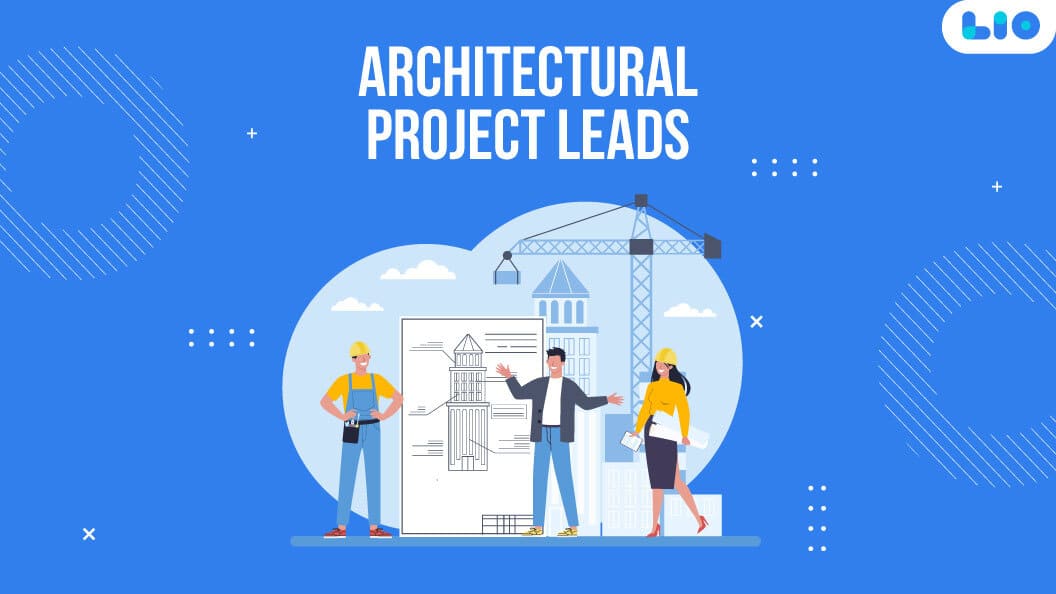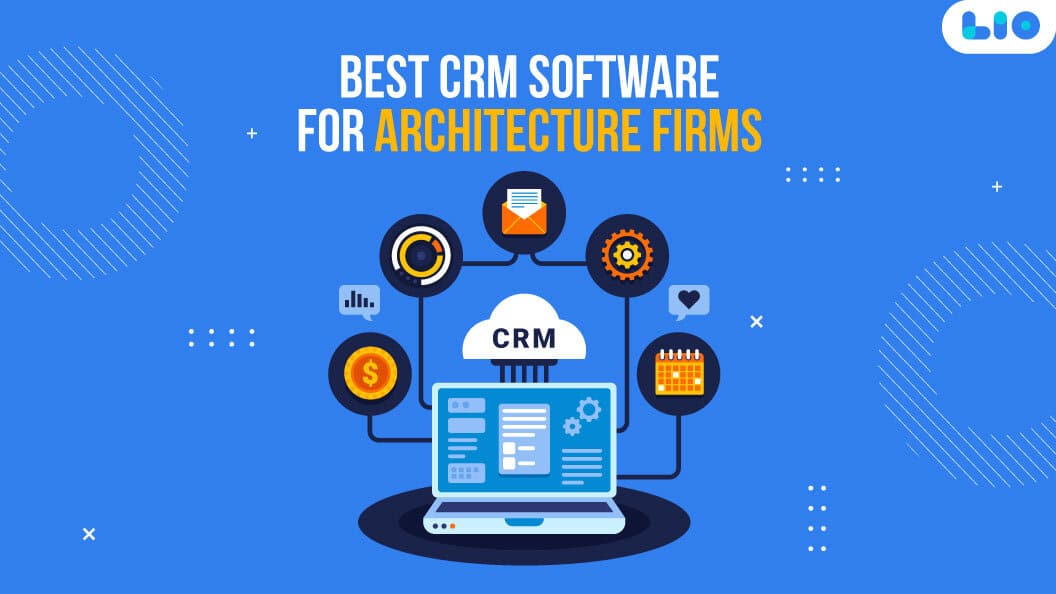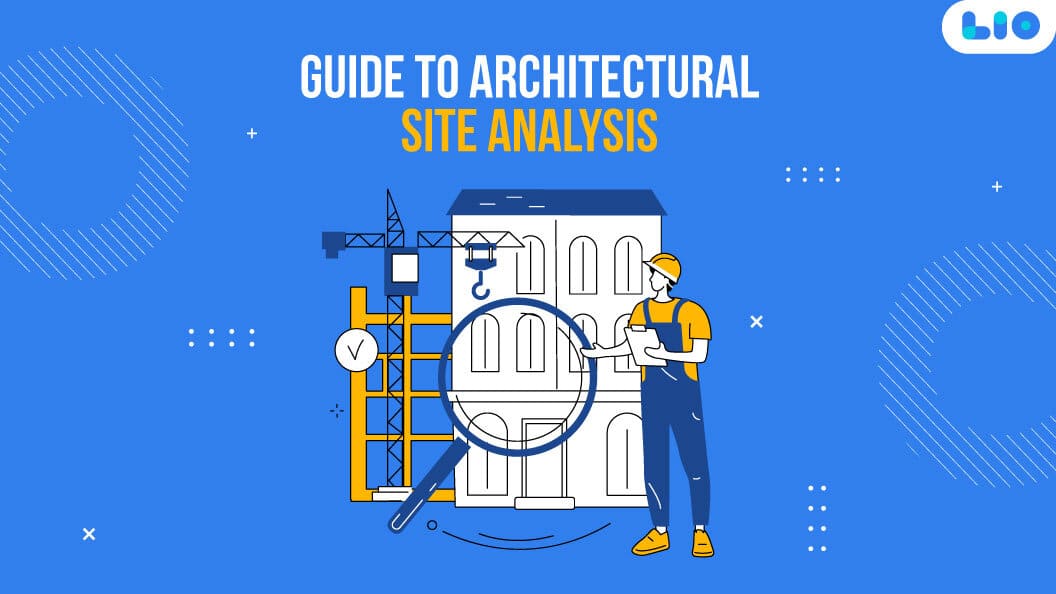A Guide to Architectural Project Management
Gourav Jain
- July 21, 2023
- 8 Min Read
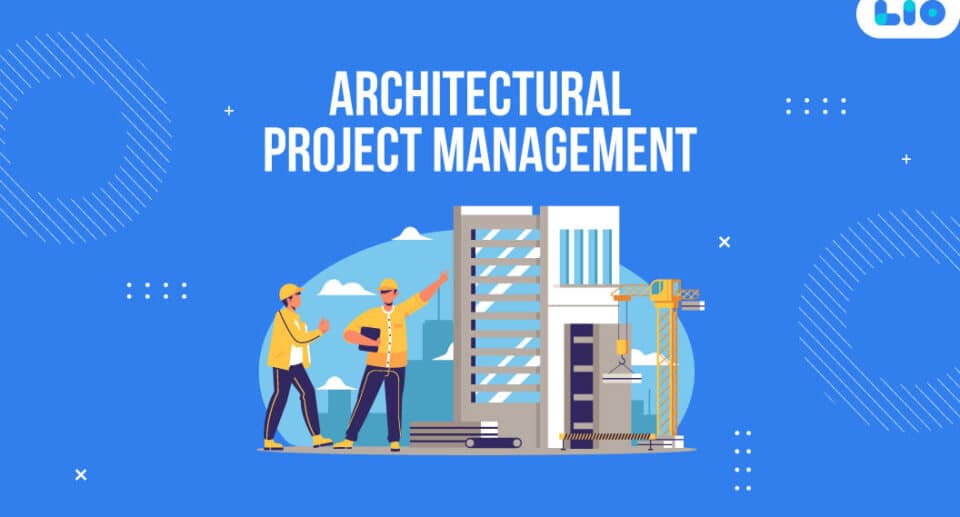
In the past 2 decades architecture has gone beyond the designing and concept planning of a structure. Architects have realized that architectural project management and planning is crucial in this ever changing world.
Nowadays, architects are more concerned about their project management as it helps them stay organized, meet deadlines, and deliver superior results. Without proper project management, things can quickly become chaotic, leading to delays, budget overruns, and unhappy clients.
The purpose of this article is to give you a brief learning about the architectural project management and provide insights and tips for architects to improve their project management practices.
What is Architectural Project Management?
By definition, architectural project management is all about planning, coordination, and execution of architectural projects to ensure their successful completion. This involves project planning, time and resource management, risk prevention, and seamless coordination and communication.
Architectural project management covers the entire lifecycle of a project, starting from concept development to final construction and project delivery.

Streamline Your Architectural Projects Today
Looking for a seamless project management solution? Dive into effortless project management for architects with our platform. From planning to execution, experience a new level of efficiency and control.
Key Roles and Responsibilities of an Architectural Project Manager
As the designation justifies, an architectural project manager is someone who starts the project and guides it to the finish. Their key responsibilities include:
- Developing project plans and timelines
- Coordinating with clients, architects, engineers, and contractors
- Managing project estimates and finances
- Ensuring legal compliances with building codes
- Detailed tracking the project progress and milestones
- Resolving concerns and conflicts that arise during the project
- Conducting quality control and adhere to project specifications
- Facilitating effective communication throughout the project
Importance of Effective Communication and Collaboration in Architectural Projects
Effective communication and collaboration are crucial for every industry around the world and architectural project management is no exception. Architectural project managers are bound to foster a cohesive team environment, enhance coordination, and promote understanding among other project team members. Effective communication helps prevent misunderstandings, reduces rework, and keeps all the project members informed about project updates.
Architectural project management ensures smooth project execution, reduces errors, and increases overall project productivity through effective communication and collaboration.
Strategy for a Successful Architectural Project Management
Below are the steps involved in planning an essential strategy for architectural project management:
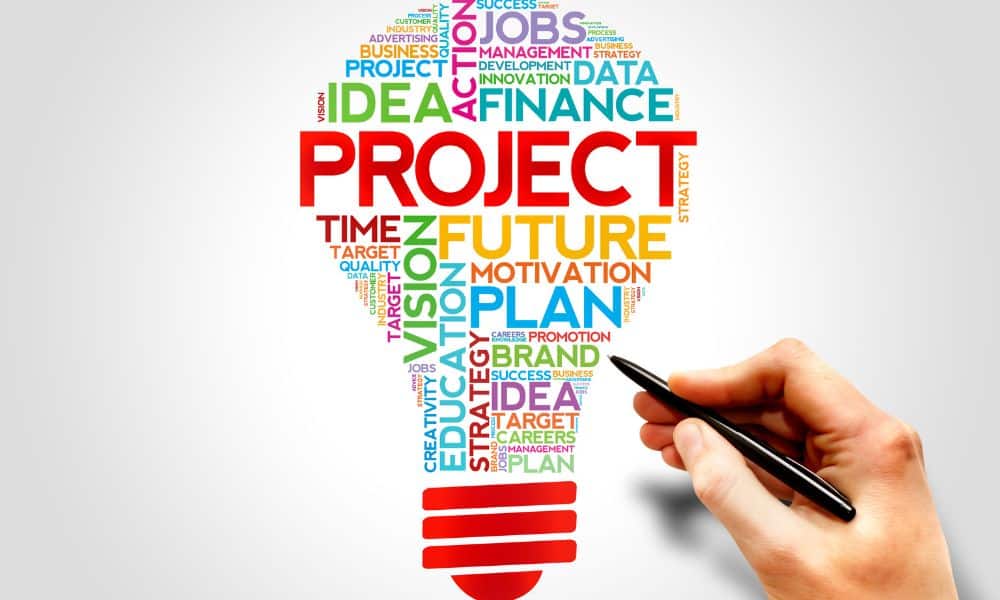
Conduct a Detailed Project Assessment and Define Project Goals
Before starting an architectural project, architectural project managers should conduct a comprehensive assessment. Assessment involves evaluation of project’s feasibility, identification of client’s requirements, and clearly understanding and defining the project objectives. It is crucial to define clear and realistic project goals for improved decision-making building a solid foundation for the project.
Optimizing Resource Allocation for Maximum Efficiency
An architectural project manager can allocate project resources, including materials, equipment, and personnel, effectively only after the careful assessment of project requirements. Resource optimization helps architects in minimizing wastage, reducing delays, and ensures smooth project management within the allocated budget and timeline.
Establish project scope, budget, and timeline
Establishing a clear project scope, budget, and timeline are crucial to ensure project success. Setting up the deliverables, tasks, and activities are required for project completion. A well-defined budget helps manage costs effectively, while a realistic timeline allows for proper project scheduling and resource allocation.

Elevate Your Architectural Workflow
Ready to take your architectural projects to new heights? Our project management tools cater specifically to architects, helping you stay organized, collaborate effectively, and deliver exceptional results.
Assembling a Skilled Project Team and Assigning Roles
Building a skillful team is a crucial aspect for efficient project management. Hiring and identifying individuals with the right skill sets, experience, and expertise benefits the project, and assigning clear roles and responsibilities helps streamline project workflow, nurtures accountability, and enhances overall project coordination.
Identifying Potential Risks and Developing Contingency Plans
Identifying and assessing potential risks involves researching and analyzing the risk factors like budget overruns, design conflicts, material shortages, or external influences like weather conditions that may impact project progress. An architectural project manager can develop emergency plans to eliminate potential risks and minimize their impact on the project by conducting a thorough risk assessment.
Proactive Monitoring and Mitigation of Project Risks
Architects need to regularly evaluate and proactively develop strategies to address potential project related issues before they escalate and help reduce the likelihood of delays or cost overruns. Risk management protocols and communication are the keys to ensure that risks are managed effectively and that the project stays on track.

Dealing with Project Changes
Changes may arise anytime during the project and it is crucial to deal with and manage those changes in accordance with the project plan. The changes can be modifications in design, project scope, or client requirements. Effectively assessing the impact of changes, evaluating feasibility, and communicating changes to stakeholders and team can help eliminate any undesirable results.
Implementing Effective Change Control Processes
Establishing change control processes ensures that changes are properly documented, reviewed, and approved. This involves tracking change requests, evaluating their impact on project objectives, and communicating the changes to relevant team members.
Best Practices for Successful Architectural Projects
Here are the success formulas to begin and complete the architectural project management successfully:
Effective Project Communication and Collaboration Techniques
- Regular and transparent communication among team members, stakeholders, and clients
- Utilization of collaboration platforms for file sharing, feedback, and real-time updates
- Conducting regular project meetings to ensure everyone is aligned and informed
- Implementing effective communication channels for swift issue resolution and decision-making

Embrace Precision in Architectural Project Management
Precision matters in architecture. Discover how our project management tools empower architects to plan meticulously, manage resources efficiently, and ensure every detail aligns flawlessly.
Setting and Managing Client Expectations
- Clearly defining project objectives, deliverables, and timelines with the client
- Regularly updating clients on project progress and any changes that may impact scope, budget, or timeline
- Managing client expectations by providing realistic estimates and addressing concerns promptly
- Seeking client feedback and incorporating it into the project to ensure client satisfaction
Embracing Sustainable and Green Design Practices
- Integrating sustainable design principles into architectural projects
- Adopting environmentally friendly construction materials and practices
- Incorporating energy-efficient systems and technologies into the project design
- Considering long-term sustainability and minimizing the environmental impact of the project
Continuous Learning and Improvement in Project Management Skills
- Staying updated with industry trends, regulations, and best practices
- Seeking professional development opportunities and training programs
- Reflecting on project successes and challenges to identify areas for improvement
- Encouraging a culture of learning and knowledge-sharing within the project team.
How can Lio help you in Architectural Project Management?
Managing a project is a headache in itself and to eliminate the struggle of managing a project, Lio app is here to help you. This all in one data management app has in-bult customizable project management, data management and resources management apps that lets you manage all sorts of workflow together in a more organized way than ever. This cloud based project management tool helps you visualize your data through real time business dashboards, create reports instantly, share significant data while working on your site individually or with your team.
The many features of Lio would help you with your architectural project management and ensure you have all your project’s data organized and on track. Manage your project workflows, resources, tasks and data in a single space. Besides all these, you can also track your site estimates, make budgets, keep an eye on the cash inflow/outflow, create dashboards, collaborate with your team in real time and automate your project or site management workflow all in one go.
You will certainly manage your project more efficiently if you go on this journey of managing it with Lio.
Frequently Asked Questions (FAQs)
What’s the difference between project manager and project architect?
A project manager is responsible for planning, organizing, and overseeing the project, ensuring it is completed on time and within budget. A project architect, on the other hand, focuses on the design and technical aspects of the project, including creating architectural drawings and ensuring compliance with building codes and regulations.
What are the best practices for effective architectural project management?
A project manager should implement the below practices for effective architectural project management:
- Clear communication among team members, stakeholders, and clients;
- Detailed planning and defining project scope
- Setting realistic and achievable goals
- Creating a detailed project schedule
- Managing resources efficiently
- Tracking progress regularly
- Maintaining flexibility to adapt to changes throughout the project lifecycle.
How does architectural project management contribute to project success?
Architectural project management plays a crucial role in ensuring project success through effective planning, scheduling, and budgeting. It helps in coordinating different project phases, managing risks, resolving issues, and maintaining alignment with client requirements. Effective project management enhances productivity, minimizes delays, and ensures the delivery of high-quality architectural projects.
Can Lio help you in project management?
Lio app is a one stop solution for data, workflow and project management. A project manager can easily manage their project data, resources, workflows and even collaborate with their team in real time. You will find it much easier to manage your site and projects on this all data and workflow management app. You can call our sales and support team for more information.







